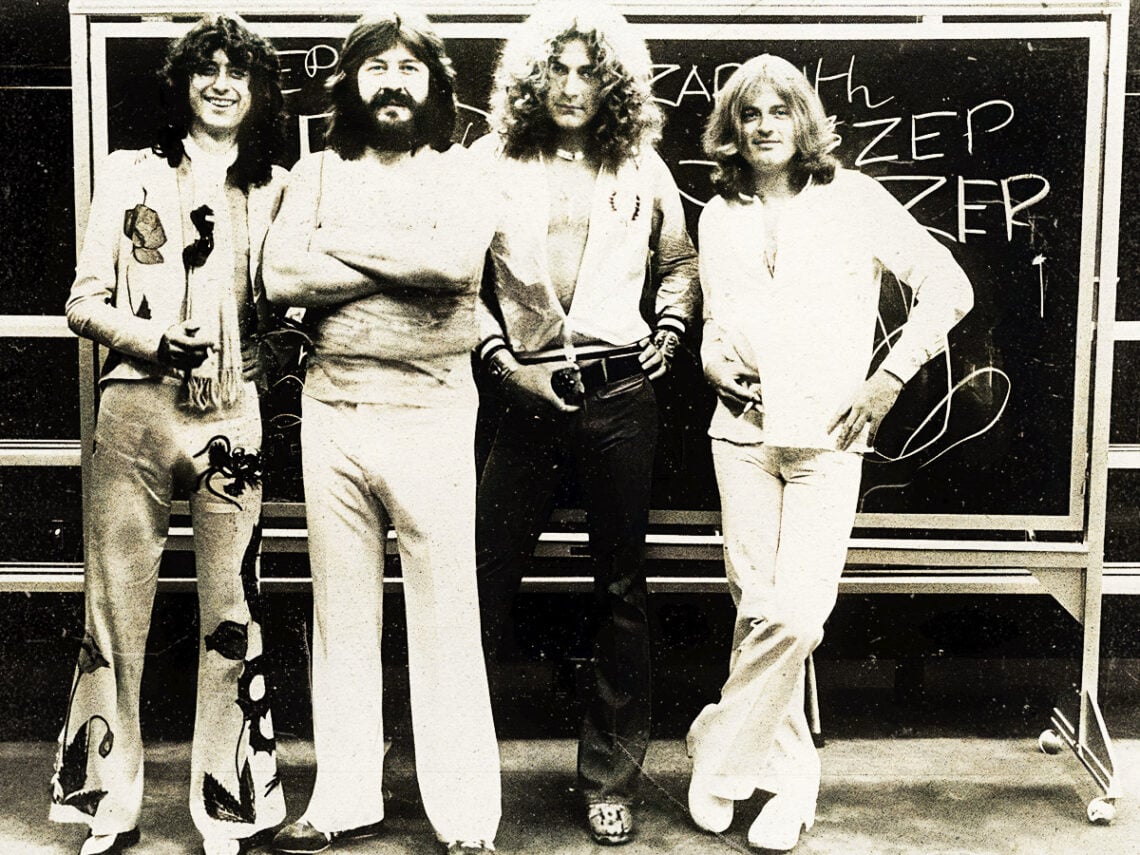Led Zeppelin were true musical mavericks. Each member was not only a master of their instrument but also drew inspiration from diverse sources, ensuring their ideas always felt innovative. Whether you’re listening to their debut album or their sixth, there’s always something new to discover—be it a unique recording technique, a clever lyric, or an unconventional time signature. No matter where they were, they were always on the hunt for fresh inspiration.
When Jimmy Page and Robert Plant travelled, they found themselves in Bombay, where they heard an Indian song that they thought was beautiful. They loved it so much that when they got home and started making music again, they put their own Led Zeppelin twist on what they’d heard. The result was the song ‘Dancing Days’ a tune that the band were so happy with they ran outside and started dancing to it as soon as it was recorded.
Led Zeppelin doesn’t just travel to different countries to find inspiration; they also travel back in time. At least, this was the case with their track ‘In My Time of Dying’, which no doubt has a classic Led Zeppelin spin but dates back to an artist from 1927.
The song stands out for a number of reasons. The first is that it’s the longest song that Led Zeppelin has ever made. Coming in at over 11 minutes, ‘In My Time of Dying’ is a barrage of droning guitar and groaned vocals, something equal parts melancholic and aggressive. It was clearly a tough song to record as at the end of the track, you can hear John Bonham cough and say, “That’s gotta be the one, hasn’t it?”
What’s most interesting about the song is how dated it is. Blind Willie Johnson made the original version of the track, and it was initially inspired by a verse from Psalms, which reads, “The Lord will strengthen him on his bed of illness; / You will sustain him on his sickbed.”
The song has the ability to move people. Even though it was inspired by a religious text, it doesn’t seem to matter what the listener’s beliefs are. It’s hard to hear the lyrics in the track and the tone at which it’s performed and not feel something. This is evident not only in the original song’s success but also in the number of people who went on to provide their own renditions of it.
Not only did Led Zeppelin put their own spin on the song, but so did Josh White and Bob Dylan. Dylan included the song in his first album, which was primarily made up of covers, but something about his rendition of ‘In My Time of Dying’ is particularly moving.
The saddest part about the song is the tragic end that befell Blind Willie Johnson. The mind behind a song that touched so many people was forced to live in the rubble of his house after it had burnt to the ground, sleeping in ruins and on damp newspaper. The conditions were so bad he contracted a fever and couldn’t be seen by any hospitals. His widow said that the hospital wouldn’t tend to him because he was blind, while others stated it was because he was black.
Without a doubt, Johnson was responsible for some of the sombre and profound lyrics ever committed to the page, and music would do well to remember his contribution.

